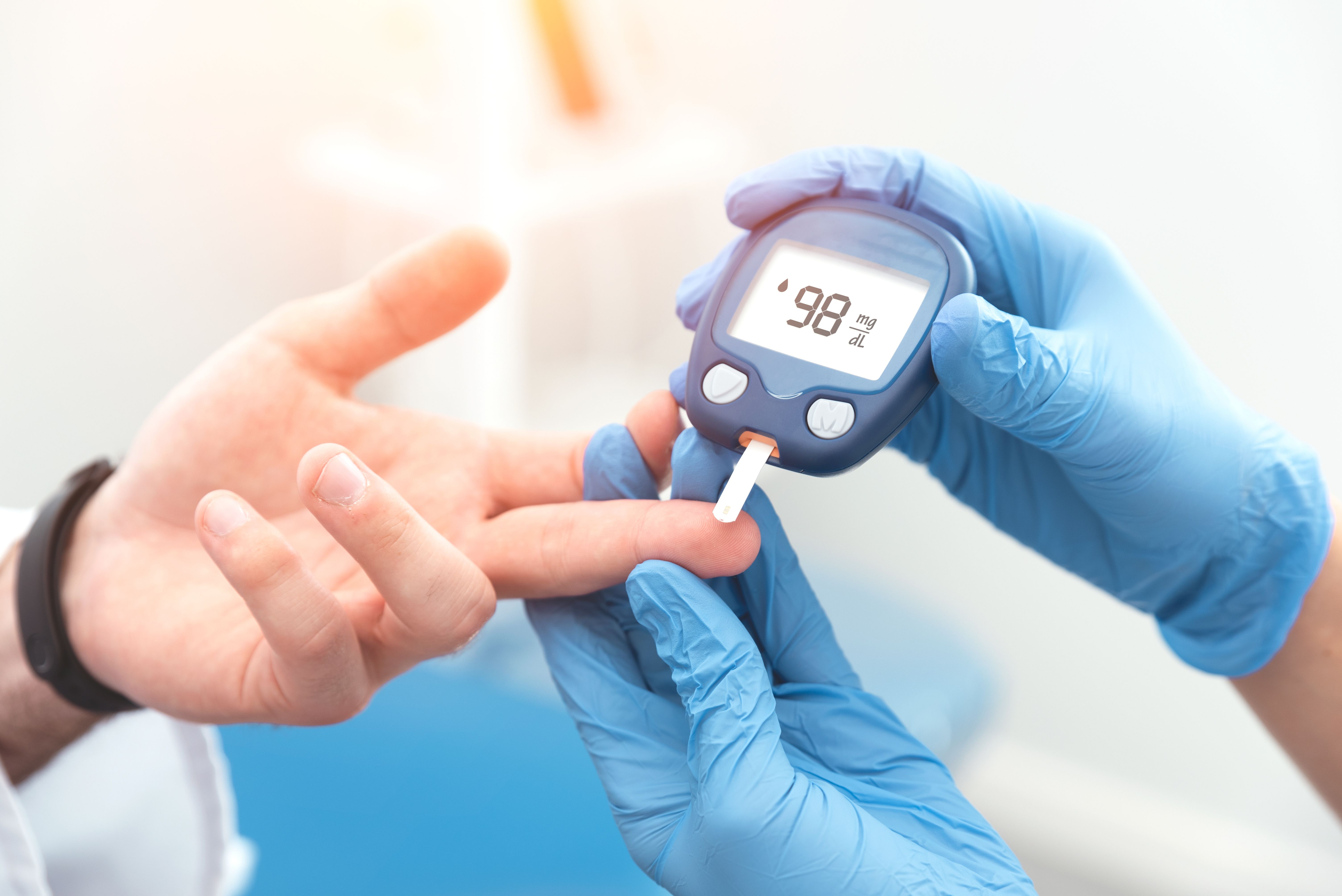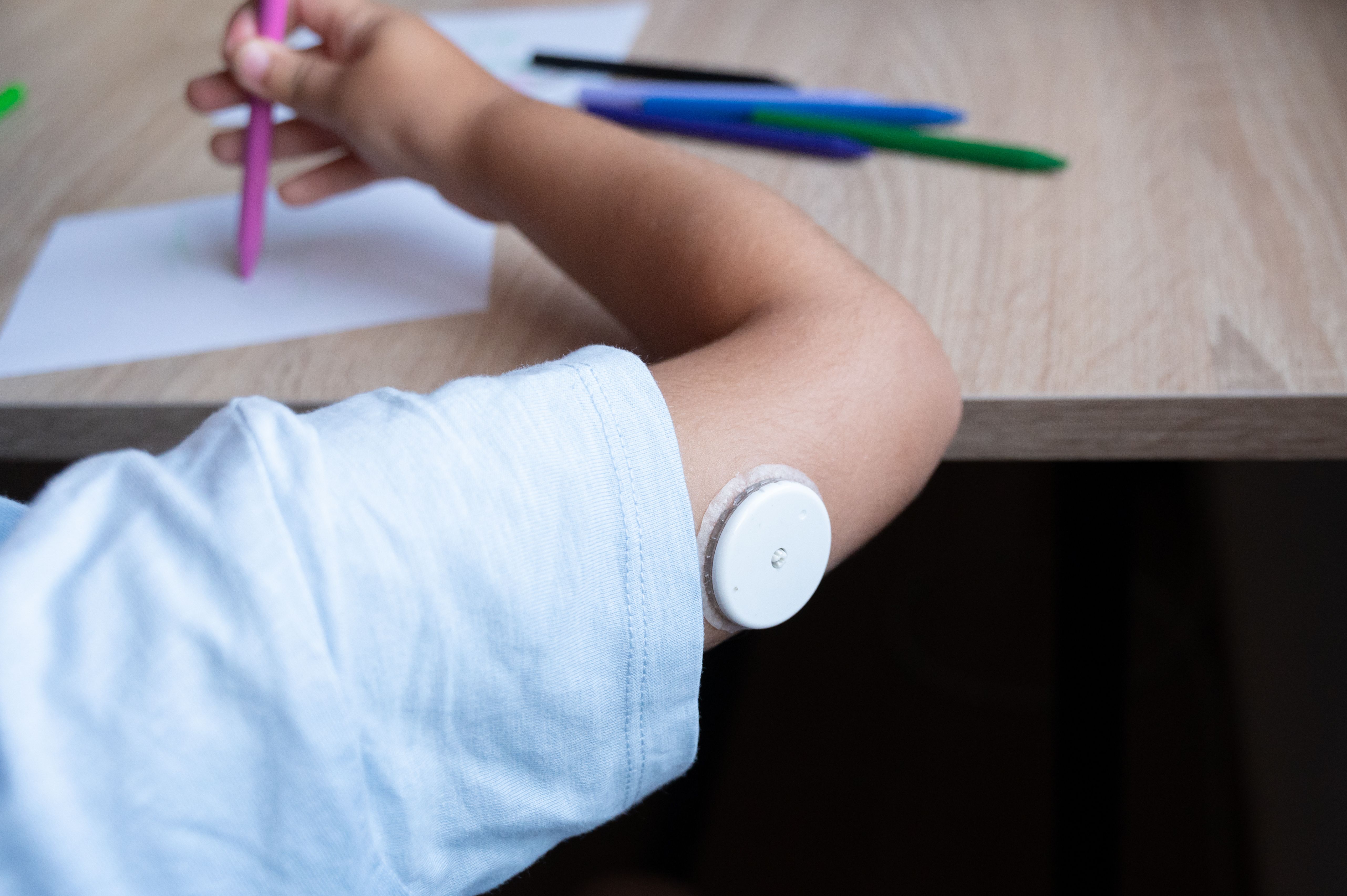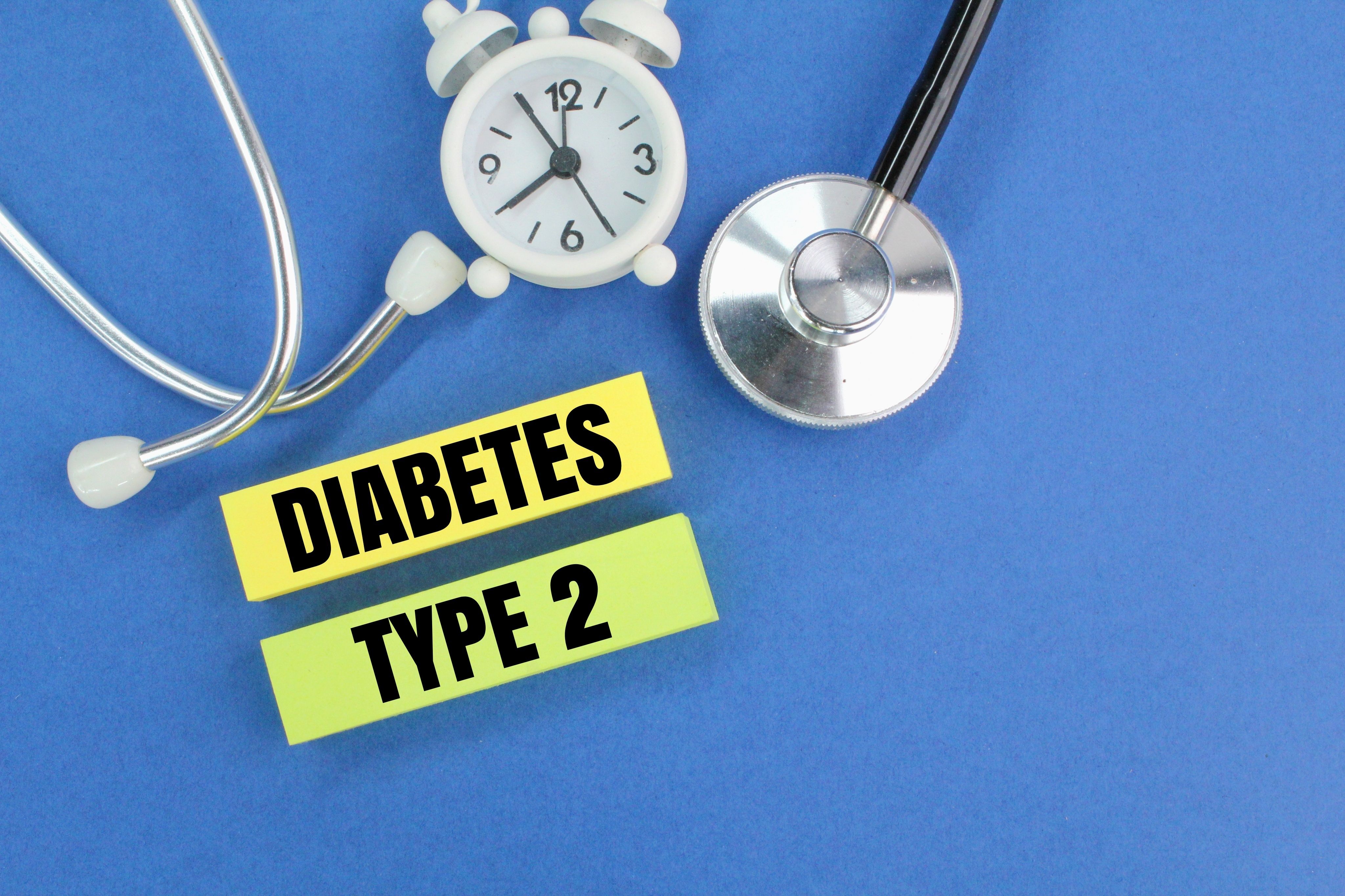
Diabetes
Latest News
Latest Videos

Shorts

CME Content
More News

Most youth with type 1 diabetes in sub-Saharan Africa lack autoimmune markers, suggesting a distinct, non-autoimmune form of insulin-deficient diabetes.

The FDA accepted Eton Pharmaceuticals' NDA for ET-600 for pediatric arginine vasopressin deficiency, with a target action date in February of 2026.
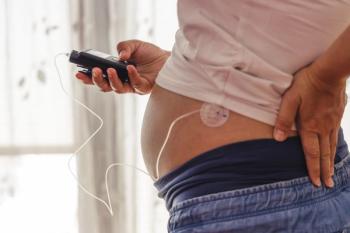
A 40-year study found that higher third-trimester glucose levels in insulin-dependent pregnancies were tied to increased obesity risk in adult offspring.

The FDA is warning diabetes patients that information from CGMs, insulin pumps, and automated dosing systems could fail to be delivered if smartphone settings are not properly configured.

The FDA has approved the first generic once-daily GLP-1 injection for the improvement of glycemic control for type 2 diabetes in patients 10 years and up.

The primary endpoint was non-inferiority in HbA1c levels after 26 weeks.
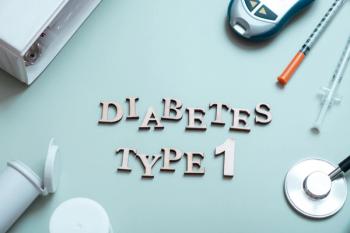
Investigators sought to test the efficacy of the Promoting Resilience in Stress Management (PRISM) intervention on levels of HbA1c.

Get caught up with our journal! Review some of the top stories from the Contemporary Pediatrics website over the last week, and catch up on anything you may have missed.
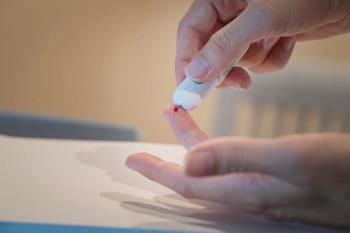
Diamyd to improve glycemic control in recently diagnosed stage 3 Type 1 Diabetes patients with the genotype HLA DR3-DQ2 was granted Fast Track designation by the FDA in February 2024.
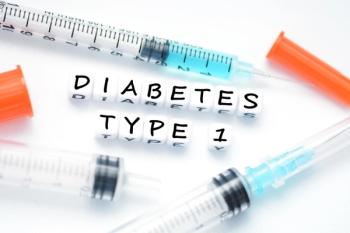
"Taken together, our findings suggest the relative protection associated with having a mother versus father with type 1 diabetes is a long-term effect that extends into adult life," stated study investigators.

The decision is based on statistical significance achieved in the T2NOW trial, which demonstrated reduction of A1C.

The primary outcome was an elevated HbA1c level greater than or equal to 5.7% (prediabetes or undiagnosed presumed T2D).

Drugs like semaglutide and liraglutide were dispensed at unprecedented increased rates for adolescents and young adults over a span of just 4 years.

Investigators found that higher baseline HbA1c was associated with greater T2D risk.

Sally Humphrey, DNP, APRN, CPNP-PC, discusses current technology to treat youth with diabetes. Humphrey highlights continuous glucose monitoring systems (CGMs) and how they have evolved and improved.

Psoriatic arthritis and spondyloarthritis occurred earlier in children and adolescents with IBD than in the matched references without IBD.

Integrated data from a continuous glucose monitoring device (CGM) and an insulin pump to automate insulin delivery allow AID systems to manage patient blood sugar levels more "effectively," according to Sequel.
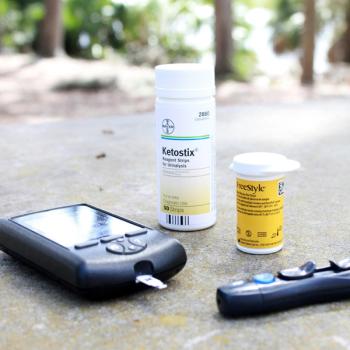
A qualitative analysis shows adolescents and their parents more frequently report an unreadiness to transition from pediatric to adult type 1 diabetes care.

The device is intended for anyone aged 18 years and up who do not use insulin or those without diabetes who want to learn how diet can impact blood sugar levels.

A new study identified type 1 diabetes (T1D) as a risk factor associated with nearly all subtypes of CHD, whereas overweight was associated only with certain defect types.

Results demonstrated that caregiver burden scored a 2.14 on the caregiver burden scale, which is within the average burden level, though a higher burden of care is associated with a higher sense of loneliness. These results can help health care professionals develop a family-centered treatment plan.
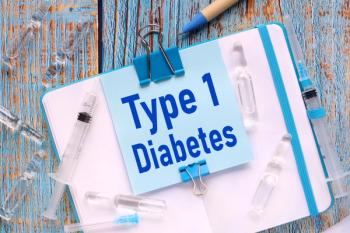
A study in the European Journal of Medical Research revealed that higher maternal study satisfaction, older maternal age, and paternal participation were linked to better compliance in visits for children at risk of type 1 diabetes.
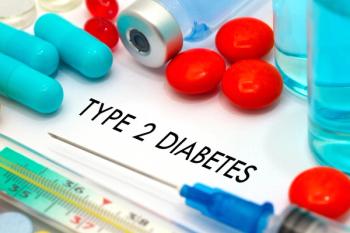
A new systematic review and meta-analysis found that the risk of type 2 diabetes decreased significantly at walking speeds of 4 km/h or above.
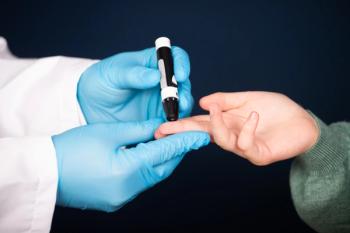
Mothers with mood disorders—either bipolar disorder, major depressive disorder— or schizophrenia/ schizoaffective disorder are not associated with their offspring’s risk for type 1 diabetes, according to a recent study.

Reduced sleep efficiency and increased sleep irregularity in adolescents and young adults with type 1 diabetes are associated with higher HbA1c levels, insulin resistance, and endothelial dysfunction, highlighting the significance of addressing sleep-related factors in diabetes care for improved overall health.

